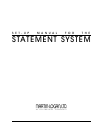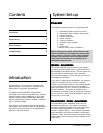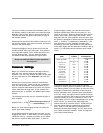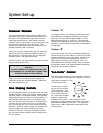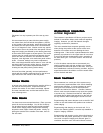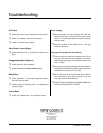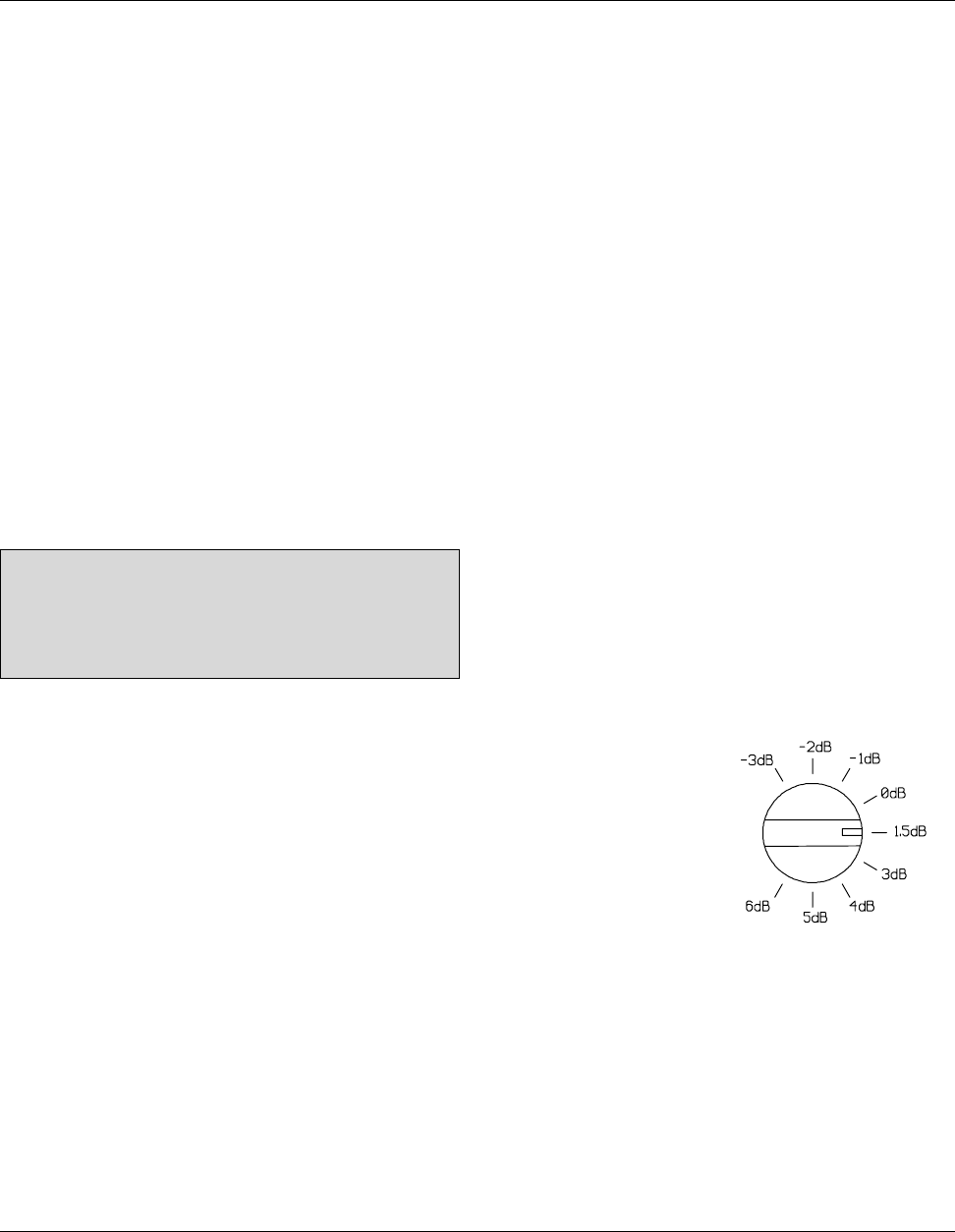
Page 4
STATEMENT Set-up Manual
Crossover ModulesCrossover Modules
Crossover ModulesCrossover Modules
Crossover Modules
You will notice that one of the crossover modules has
red-banded Tiffany RCA connectors while the other unit
has white. The red denotes the right channel module
while white denotes the left. Stack the two crossover
modules, with the control knobs, on top of each other and
the two power supplies on top of each other. Then
connect each power supply with each crossover via the
supplied Neutriks power connectors.
Insert your pre-amps' output cables into the crossovers'
Main Input jacks, your low-pass amplifiers' cables into
the crossovers' Low Output jacks, and your high-pass
amplifiers' cables into High Output jacks.
Once this is done, you may connect the crossover power
supply modules to AC power.
CAUTION !
DO NOT CONNECT THE POWER SUPPLIES AND
CROSSOVERS VIA THE NEUTRIKS CONNECTORS
AFTER PLUGGING IN THE AC MAINS!
Plug in AC mains only after the power supplies and
crossovers have been connected together. Make sure
the power amplifiers are off.
TT
TT
T
one Shaping Controlsone Shaping Controls
one Shaping Controlsone Shaping Controls
one Shaping Controls
The Tone Shaping controls are located on the rear of the
interface modules. Begin your listening session with the
Activation switch in the bypassed mode. The bypassed
mode means that you are now running the system in an
absolute flat position and there is no contouring avail-
able. You will notice that the system is extremely high in
resolution and if you have a live room or a bright front-
end, you may find one of the contour modes to be more
listenable. Listen for massed strings and cymbal tones.
If they are bright, the contour switch can be used to
smooth out this area. Generally the contour positions
are not needed unless a bright front-end or bright room
is in the system.
Contour "A"
You engage contour A by switching the Activation switch
from bypassed to engaged and switching the Contour
switch to A. Contour A allows approximately a one dB
attenuation from 500 Hz to 10,000 Hz. This allows the
integrity of the midrange to remain intact and the top-end
extension to remain intact but eliminates the appearance
of brightness.
Contour "B"
If your room or your front-end is considerably bright, then
contour B may prove more effective. Contour B is another
decibel of attenuation in the same region, but will create
even more of the condition established by contour A.
Again, begin all listening in the bypassed mode. It is
recommended that you spend at least a day or two with
the Activation switch set to bypassed before experiment-
ing with any of the contour positions.
“F“F
“F“F
“F
un-factorun-factor
un-factorun-factor
un-factor
” Control” Control
” Control” Control
” Control
First adjust control knobs on the front panel so that each
knob is positioned horizontally (see illustration). This will
mean that the system is 1.5 dB
in its EQ below 50 Hz.
You will notice a control
knob on the front of each
crossover module. That
control effects the energy
of the system below 50
Hz. Look at the enclosed
diagram to observe the
positioning of the switch. This is allowed to either
enhance or decrease energy below 50 Hz to accommo-
date different placement in the room. The adjustment
range is from -3dB to +6dB with the 4th position clock-
wise being flat.
System Set-up



